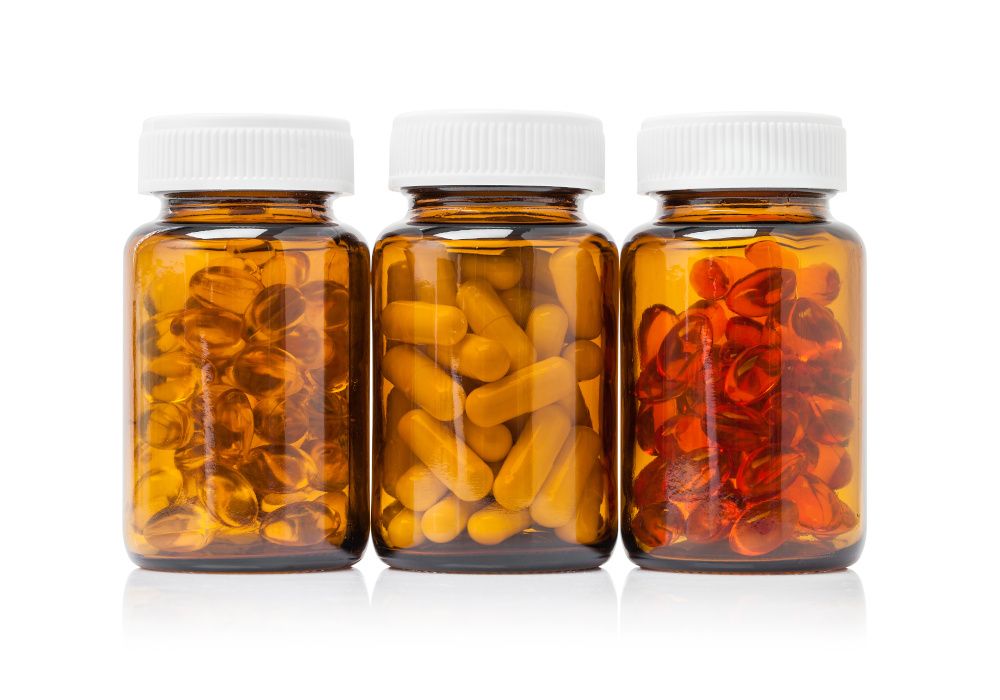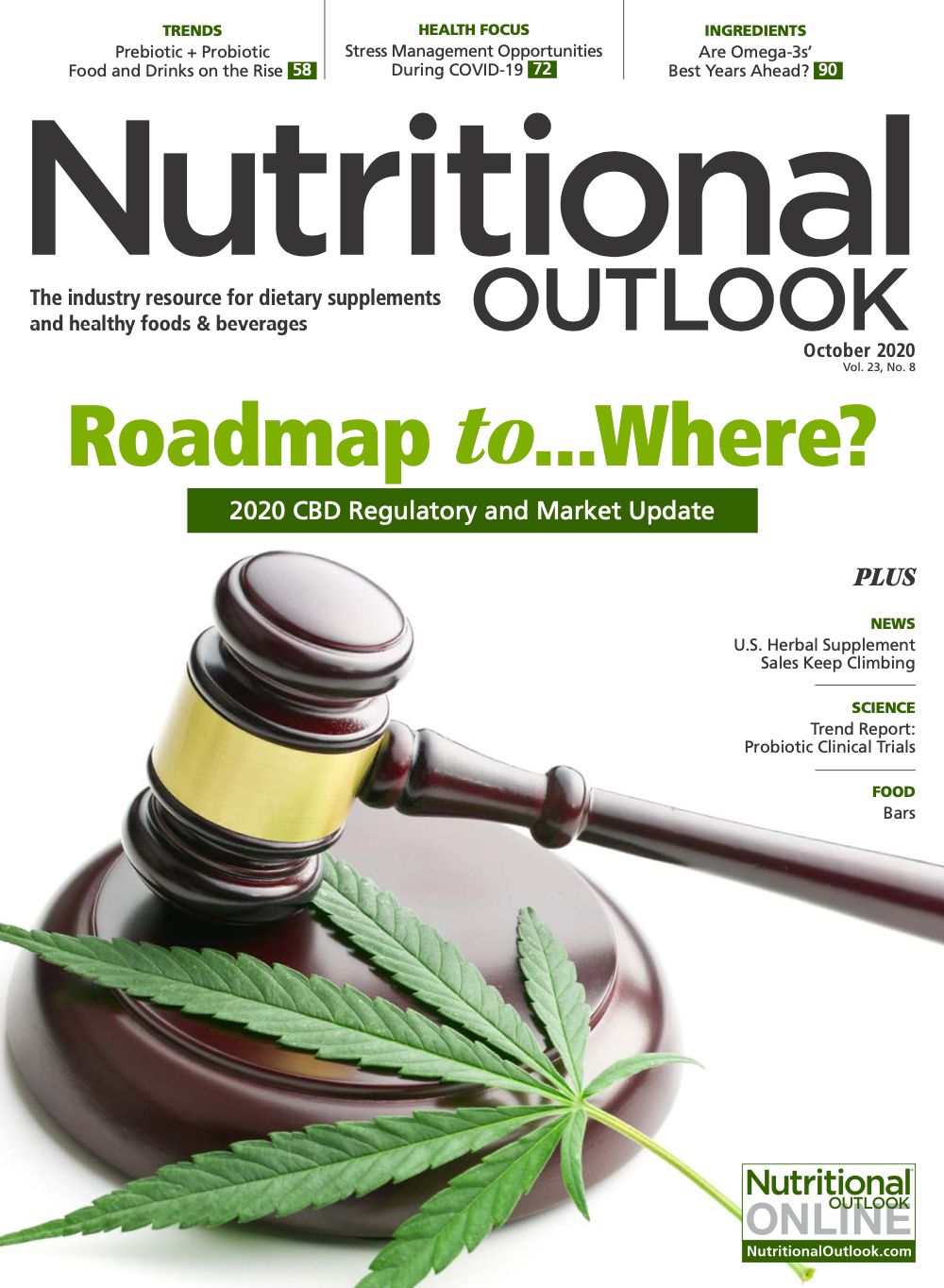Where has all the dietary supplement packaging gone during COVID-19?
The COVID-19 pandemic has upended the dietary supplement supply chain in many ways. One of the biggest bottlenecks, however, is occurring where one might not expect: packaging.
Photo © AdobeStock.com/F16-ISO100

The COVID-19 pandemic has upended the dietary supplement supply chain in many ways, not the least of which are ingredient shortages and transportation blockages. One of the biggest bottlenecks, however, is occurring where one might not expect: packaging. Materials that companies need to package and ship goods to customers are in short supply. The problem is creating a lot of stress among manufacturers and forcing them to look for alternate solutions.
During a September Nutritional Outlook webcast panel titled, “COVID-19 and the Dietary Supplement Supply Chain: Surviving Supply Chain Shocks Long-Term,” panelists discussed the packaging problem. Contract manufacturers, in particular, explained the enormity of the challenge. Panelist Jeohvan Montoya, director of supply chain management for contract manufacturer Lief Labs (Valencia, CA), said that packaging began running scarce as early as April and May.
In part, shortages are occurring not just due to the rapid, unprecedented increase in demand for supplements during the COVID-19 pandemic but also because of increased competition for packaging coming from the healthcare industry. For instance, said webcast panelist Jim Emme, CEO of NOW Health Group, “In personal care, anything with a pump or a flip-top where we compete with the hand-sanitizer manufacturers” has been difficult to get.
Montoya agreed: “Hand sanitizers and different healthcare packaging requirements took priority for a long stretch of time, and that pushed out some of the lower demand at the time, at least for components such as round packers and wide-mouth jars that we use in our industry.”
Packaging costs have also increased as a result. Panelist Michael McGuffin, president of the American Herbal Products Association (Silver Spring, MD), noted, “On the packaging side, and especially with the bottles, what our members have told us is that the cost has gone up, so they’re just paying more.”
The packaging shortage is an ongoing problem. “The challenge hasn’t gone away,” McGuffin added.
Montoya said that the packaging suppliers Lief Labs works with are doing their best to replenish supply and build up safety stock, “but what we’re seeing is that manufacturers are beyond capacity. It’s going to take some time for these manufacturers to be able to build their capacity. Just to give some perspective, for a common round packer, we’re seeing delays out to February 2021.”
I spoke to packaging distributor Berlin Packaging (Chicago) about the problem. “Supply chains are built upon matching supply with demand, and the pandemic drove spikes in demand which no one forecasted. As such, the supply stream has been struggling to keep up,” says Katherine Storer, senior director of supply chain for Berlin Packaging. “The lockdowns brought uncertainty regarding true market needs for certain segments, and April and May were months during which rigid-packaging manufacturers focused much of their capacity on the hand sanitizer market. That created a supply gap for some packaging components used in the natural products industry.”
Packaging types in short supply include “anything related to packaging capsules, such as vitamins,” Storer says, including high-density polyethylene packers and even child-resistant closures.
From the packaging supplier’s perspective, how long could supply be tight? “It depends,” Storer says. “The key challenge is that no one knows how long the pandemic—and its associated change in purchasing behaviors—will last. Some packaging manufacturers began triggering new capital investments to expand capacity shortly after the initial demand surge, and others have been holding off until there’s a better read on the long-term need. Since capital lead times are typically long—and have since also gotten longer due to increased demand—there is a long lag between triggering a new capital investment and increased output for packaging components. In the meantime, there is still a backlog of products which were not forecast, and the market is still in the process of catching up.” As a packaging distributor, she says, Berlin Packaging is working closely with its supply partners and its customers to forecast demand in order to plan how to meet it.
In the meantime, dietary supplement contract manufacturers have been forced in some cases to look for other ways to navigate around the problem. “It’s important for us to try to be as innovative as possible,” said Montoya. For instance, he said, “we’ve made some investments in flexible-packaging options for our customers. That’s something we could start to see: a transition into more flexible-packaging options—sachets, bags, things like that.”
Packaging distributors are also strategizing, Storer says. One solution has been to de-prioritize components less in demand in order to focus on those needing more attention. For what it’s worth, she notes, hand-sanitizer makers are also being forced to look at alternatives. “Hand sanitizer is now being sold in everything from the traditional bottle with a flip-top lid to familiar milk jugs,” Storer says.
Still, it may be quite a while before the shortage goes away. Says Storer: “We are still some months away from the point where manufacturers will have a positive stocking situation and be able to work in replenishment mode versus the catch-up mode we are in today.”
“It’s been a challenge, and it’s not going away anytime soon,” Montoya said. “I know that we’ve discussed how soon we can start to see an improvement, and I heard Q4 of 2020—but I think that’s overly optimistic, if I’m being honest. I really think that this is something that will carry over into next year, and the key…really becomes being flexible and communicating the issues to our customers and being as transparent as possible. Let them know ahead of time if you understand there’s a shortage. Tell them what’s going on.”
Working with a knowledgeable packaging distributor who knows how to solve around problems is also key, says Storer. Packaging distributors, for instance, can help avoid certain price increases and other problems down the line.
“The main recommendation we continue to give to our customers is to partner with the right distributor and consider the total value equation,” she says. “In the current situation, not having the packaging to capitalize on opportunities is a big miss for potential growth. The right partner is someone which knows your demand so well that they proactively recommend which package to buy, how much, and when to put it on order to ensure continued supply. Make no mistake, Berlin’s supply chain teams have been putting in long hours to ensure supply for our customers. However, we’ve therefore been able to avoid supply chain disruptions for most customers, even on packaging components where the growth has been 300%-400% of normal needs and which are otherwise sold out for all of 2021. This can only be achieved because we are willing to bet on the success of our customers and truly mean it when we call a supplier a ‘partner,’ even if it means carrying incremental inventory or tailoring programs to their supply needs.”
Her advice for supplement companies now? “At the end, if you have not been asked about your business outlook, projects, and prospects over the next 12 months, or haven’t been prompted to think about it, you probably are not with the right partner."
To hear more on these and other insights from our panelists, watch this free webcast on demand here.
